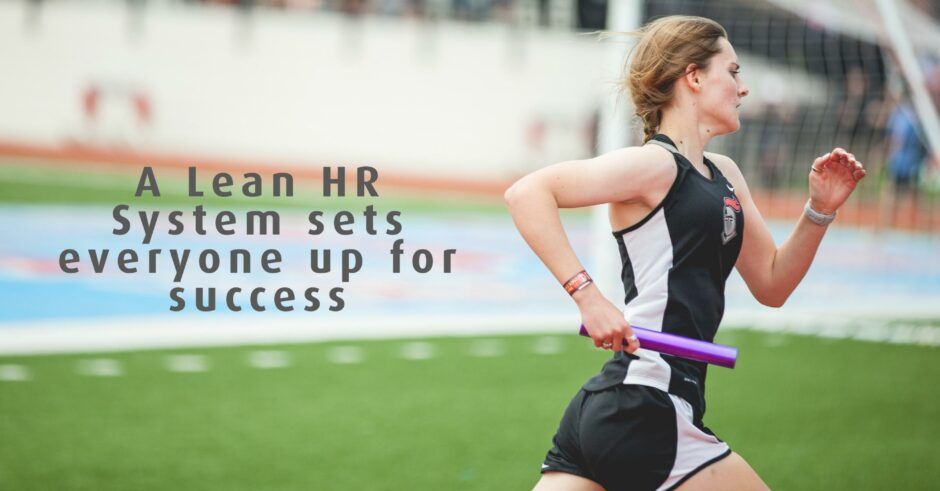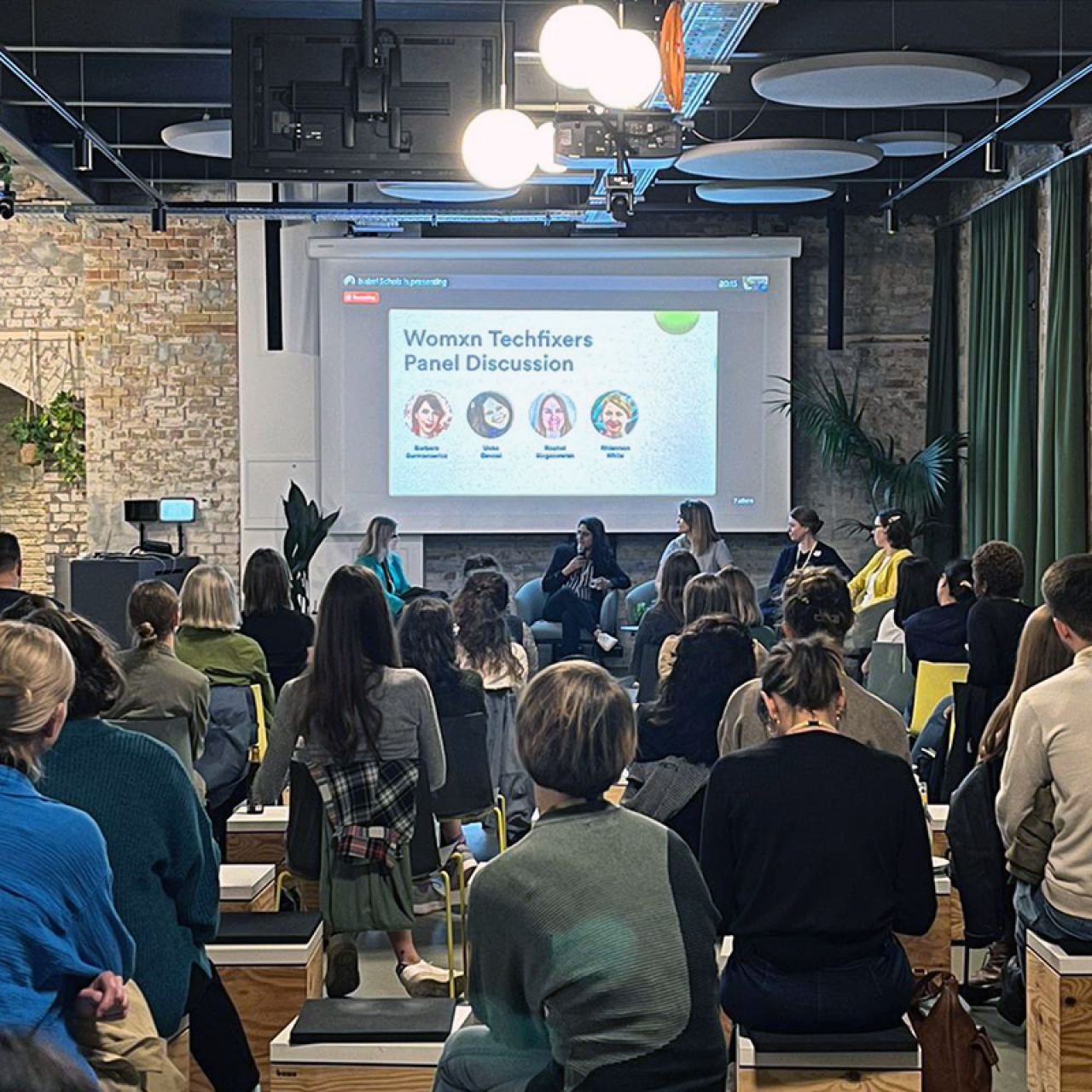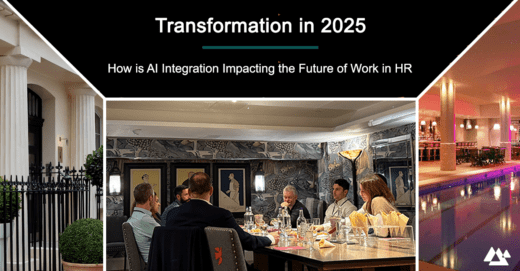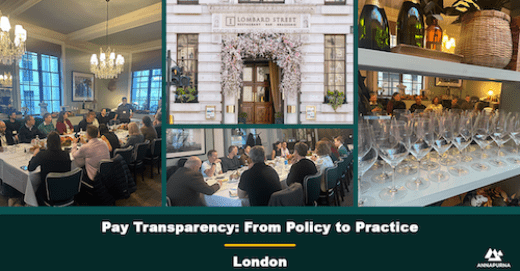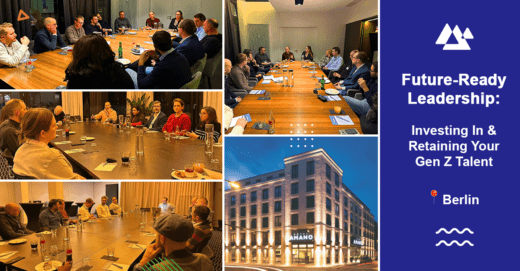I learned about the concept of Muri at Toyota.
I was surprised to find that many Lean practitioners either never use it or barely pay it lip service. It is one of the most crucial lead productivity measures of all.
Muri means overburden
Muri is a Japanese word used in The Toyota Way. It means the unnecessary and unreasonable struggle in a system. Just as materials should flow seamlessly with minimum fuss and effort, the same should be true for people.
It is important that people are in flow when they are at work, not only for their own health and well-being, but also because flow is a very reliable lead measure for productivity.
An appropriate amount of stretch and sense of urgency is critical. However, if the organization is not designed optimally, highly competent, loyal, hard-working people can use their strengths to cover the flaws of the system.
When people are not in flow, it may be because they are in the wrong role, have inadequate knowledge, training or experience, or lack the resources and direction to be successful.
When these conditions are all in place, and there is still struggle, then it is imperative to examine the underlying system and organization design.
Work structures, systems, tools and processes exist to make them flow more easily.
Muri is the struggle that comes from a system that is not inflow. This struggle is often invisible and feels as if it is beyond the control of an individual. The harder they try, the more stuck they get.
Working with one of the world’s most prestigious Banks, I was in awe of the brilliance of the HR Leadership Team. However, the HR System contained a chronic flaw that is common in most HR functions. The group was entrenched in “muri”.
At five o’clock as line managers and executives poured into the elevators to go home, the HR team were packing their bags with work to take home or grabbing a sandwich for another late night in the office.
I tried to show the HR Leadership Team how their struggle was rooted in their activity driven measures. But they could not see because the blind spot, was that they were not measuring the effects of muri on themselves.
It is common to find people, especially in HR who are so selfless and compassionate that they measure everything that seems to matter, but forget to measure the most important thing of all, the effects of the system on themselves.
Here are the key measures on their scorecard for staffing and recruitment.
- time to fill
- # of open requisitions
- % offers accepted
- cost per hire
- compliance fulfilment
- new hire turnover rate
The measures they were using were the industry-wide accepted norms. At first glance, these look reasonable enough.
The more HR focused on these seemingly obvious measures, the more it kept them from seeing the system as a whole. The deeper it held them in the invisible struggle.
When we work too hard, our nose pressed on the grindstone, we become blind to the systems and culture that drive our behaviour. Even if we are (as in this case) experts in culture and systems. Our struggle consumes us.
Muri blinds us.
When I held the mirror up to the HR Leadership Team, they were not pleased.
They were cynical. They got defensive. They challenged me to provide further proof and to give them what the alternative solution might be, immediately.
They were treating me with the same disdain as they were getting from line managers. I could feel their pain. I could feel the intensity of their struggle.
The challenge was to help them to grasp their own struggle, for themselves.
We got to work. Our goal was to remove the cultural constraints and mindset traps that were embedded in the way they measured success.
Beneath the veneer of their metrics were three unquestioned, overriding assumptions
The HR Scorecard metrics were:
- Transactional measures of activities and outputs
- Lag measures (after the fact)
- Measuring what HR people needed to prove
(not how the system needed to improve)
The HR Leadership team struggled with my observations.
I could feel the resistance in the room; they could not see the root cause of the muri because they were not measuring their own struggle.
They were covering the muri with heroics. Covering the cause of our suffering with more suffering only takes us deeper into the rabbit hole.
The CHRO supported me because she was not prepared to tolerate the burnout of such an exceptionally young team. She understood that resistance to new ways of seeing is part of the change process.
The HR Leadership Team agreed to build a Lean HR System that would:
- Be driven by the voice of the candidate (the best resumes)
- Continuously remove constraints/waste in the system
- Apply lead measure (supported by lag metrics)
- Measure and recognize the quality of collaboration
There were no real-time measures of the accountabilities or qualities of the hiring manager.
None of the HR processes had been valued stream mapped. The constraints and downtime were trapped in the system.
The HR team pointed at the awards they had won for their world-class training programs and their top ten rankings for “Employer of Choice”.
I looked at the CHRO, she smiled and nodded, as if to say “carry on”.
I repeated to the team, three times:
“If you do not measure the constraints in the system, you are the biggest constraint”
I asked them what this meant. The Director of Talent Management said, “it means healer, heal thyself”. She was highly respected by the group. I felt a little easing of tension.
The Service Level Agreements (SLAs) were on- way measures of HR activities and impact – to “serve the line at any cost”.
The absence of concrete measures of line managers accountability for people management allowed average and weak managers to slip through the net. it resulted in HR people covering for the flaws in the system.
Great managers understood their accountabilities intuitively. They did not need the SLA. They knew how to partner with HR.
The system was designed to support the weakest line managers, not the strongest.
The system was not holding the average and poor performing hiring managers to account. Worse still, these same weak managers were treating their highly skilled and motivated HR “business partners” like service reps.
The harder HR worked, the more they were expected to run faster. The faster they ran the less they could see the cause and effects of the whole system.
“At what point does service become servitude?”
A painful question, but like an injection, sometimes the most important questions, sting.
The HR leaders did not like what I was saying, but they bit their tongue and held space for me because deep down they knew the way they were working could not be sustained.
HR had designed a well-meaning accountability measurement system. But, it perpetuated a culture of entitlement by keeping the spotlight on HR, not the whole system. It allowed weak manager to protect themselves by point fingers and keeping the burden of proof on HR.
Unintended consequences of good intentions are the most blinding and binding of all
The more HR Business Partners (HRBP) were put under pressure by weak hiring managers and poor performing executives, the more the HRBP’s put pressure on their internal HR Centres of Excellence (CoE’s).
- How could we design a self-regulating system that recognised the best practices of great managers and helped them to improve?
- How could we set up a system that would move good managers to being great and expose poor managers who were not doing their job?
We value stream mapped the life-cycle of the resume from it being received as a decision.
A resume is a living document. It embodies the hopes and talents of a candidate.
Traditional lean systems map the ‘voice of the customer’. By following the flow of the resume we were mapping the ‘voice of the candidate’.
When the system was value stream mapped, here is the picture that emerged of the life-cycle of the resume. Here is a breakdown of the throughput time:
- 11% – Hiring manager sign off on spec (to target resumes)
- 18% – Resume received by HR but not reviewed
- 14% – In the HR screening process
- 45% – Under hiring manager review
- 12% – In the interviewing process (to go/no go decision)
By mapping samples of real-life applications, not the hearsay, not memory or the random opinions of managers, but the actual life-cycle through every step, we would be able to make concrete decisions based on verifiable, irrefutable data.
Hiring managers were shocked to see that they owned well over half of the throughput time of the whole process.
New SLAs were set up, that focused on reducing throughput time by improving the speed of hiring manager sign-off to specs, more rapid turn-around of resume reviews, more useful feedback on quality of candidates, quicker availability for interviews, etc.
Balancing the measures in the SLA’s to cover the accountabilities of both HR and hiring managers allowed great managers to get the recognition they so richly deserved. It put average and weak hiring managers under the spotlight to improve or be removed.
HR could only be successful “business partners” if line managers were prepared to be business partners; not highly entitled “internal clients”.
The hiring managers who were not following through were the same ones who were being chased for all HR activities.
Addressing a true root cause ripples into a system wide improvement.
All HR associates were trained in essential lean practices. The relationships between the HR Business Partners and the Centres of Excellence (CoE) became more proactive and productive.
The CoE’s served on the rapid action teams as coaches and advisors. This allowed them to be closer to the business and partner more closely with the HRBP’s. They were able to create positive, proactive changes not merely left in the dark as trackers, reporters or enforcers of compliance.
In the first phase of value steam improvements, average time to fill was reduced from an average of 80 days to 45 days.
In the second phase of value stream improvements, the time to fill for 85% of requisitions was less than 30 days.
The energy in the system focused on the lead indicators and drivers of change in the process, not just the lag measures or outputs.
The time consumed in struggle (muri) was now being applied to making improvements through whole system collaboration.
All requisitions over 45 days were put on a ‘hot list’ and posted on a lean visual tracking board for all to see.
Rapid action work-out teams applied lean problem solving, daily scums and on-the-spot huddles cleared out the hot list as rapidly as possible.
SLA’s were built around continuous, never-ending value stream improvements and its metrics focused on removing constraints and non-value-added activities in the process. Visual tracking highlighted improvement plans and recognition.
The culture shifted from proving ones value to improving the value of the whole system.
The value stream was visual and jointly owned. All constraints and contributions were transparent.
Transparency of the hiring manager’s accountability reduced the muri (burden) on both HR and the line managers. Securing high-quality recruits faster meant the business could be productive quicker, make more money, and in turn remove the burden on the people working around the vacant position.
The improvement effect was cumulative.
HR no longer needed to make a business case for change or prove their value because improvements occurred through collaboration. Continuous improvement was designed into the whole system, in the daily work, not as an add on.
The changes in the selection and recruitment process rippled into every other aspect of HR work. We worked with the HR team and line executives to address the broader issues that set the context for all HR processes, products and services such as:
- Management development in lean thinking
- Spectrum based broad banding (work design)
- Synchronization of accountabilities
- Market-driven pipeline development
- Training in authentic conversations
HR professionals are experts in supporting people and as such are prone to being so service-oriented that they forget to measure the impact of the system is having on themselves. They absorb the struggle and cover its roots, through self-sacrifice.
We become what we measure. We should measure what we want to improve or remove. A system that pays attention to the causes of muri achieves more by doing less.
When muri is removed the system becomes self-regulating and self-improving, The system develops a music and rhythm of its own.
People get their lives back.
A Lean HR System sets everyone up for success.

